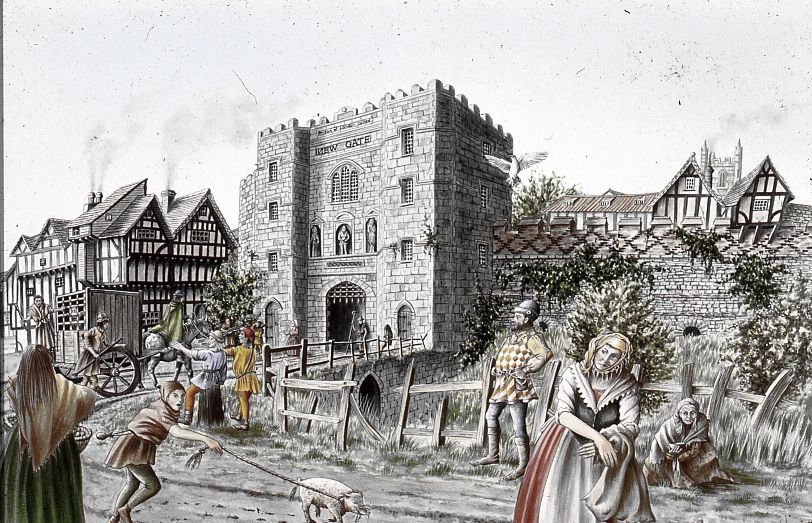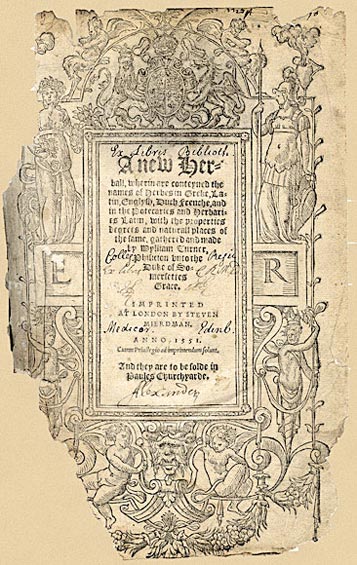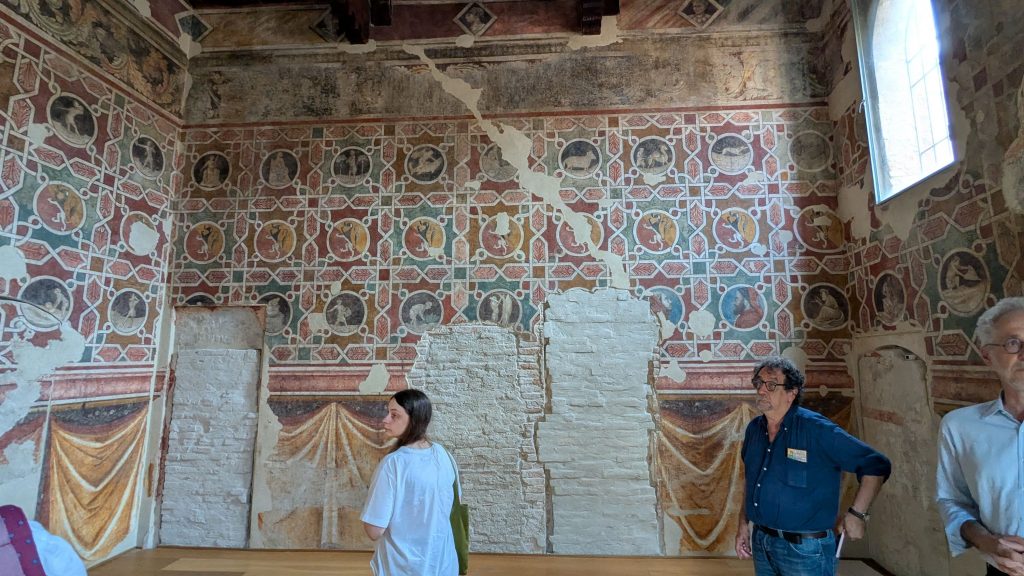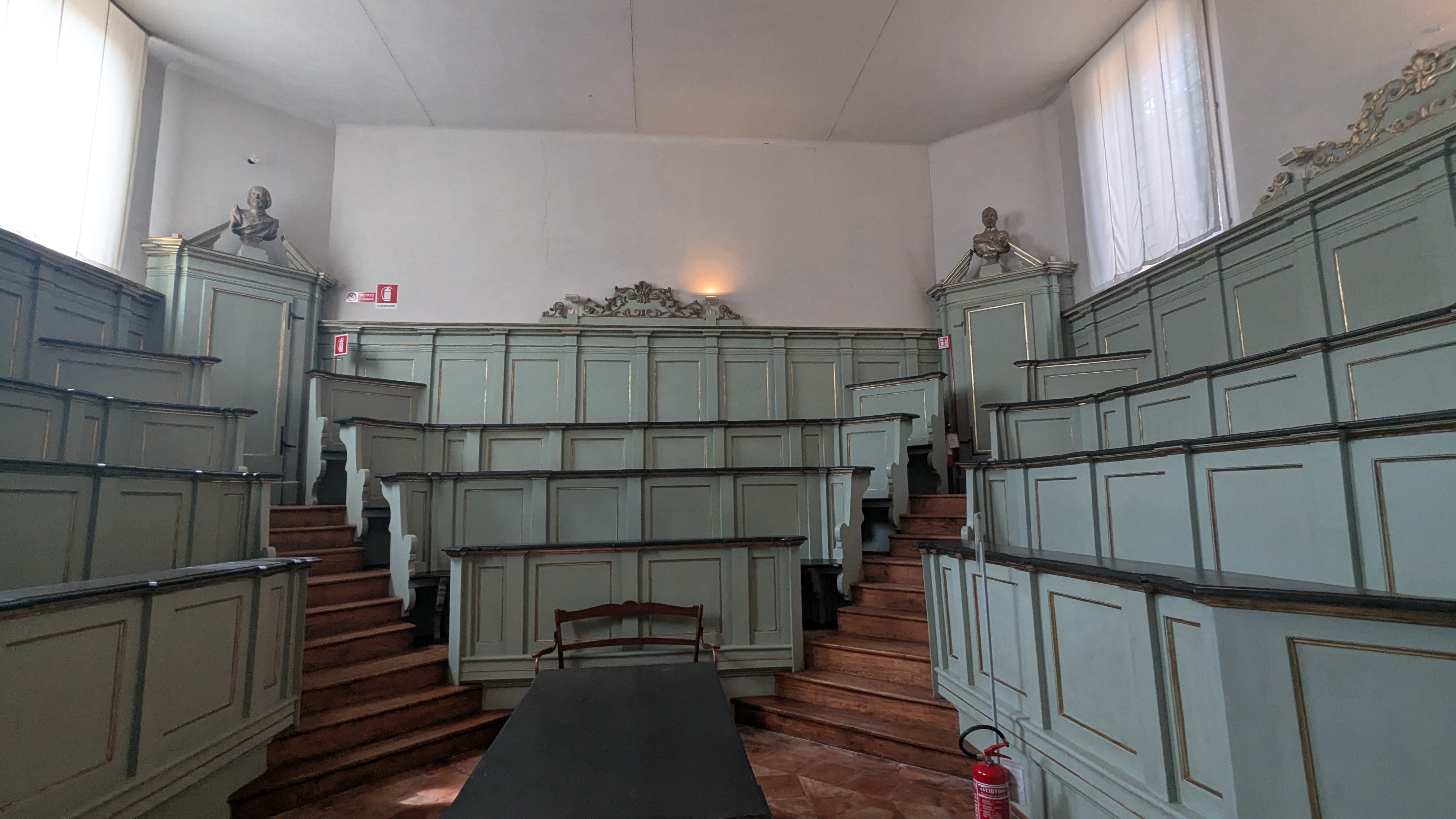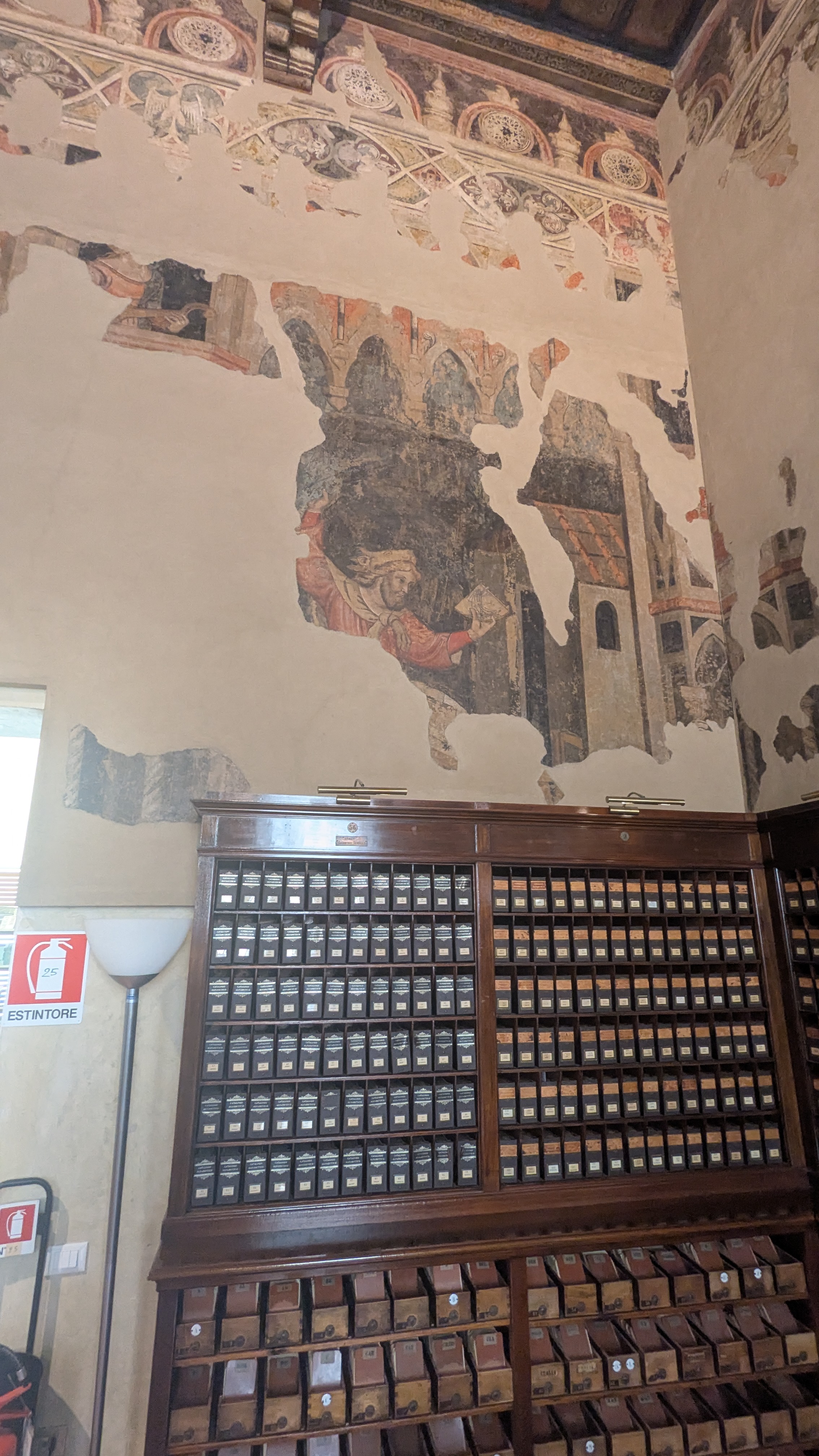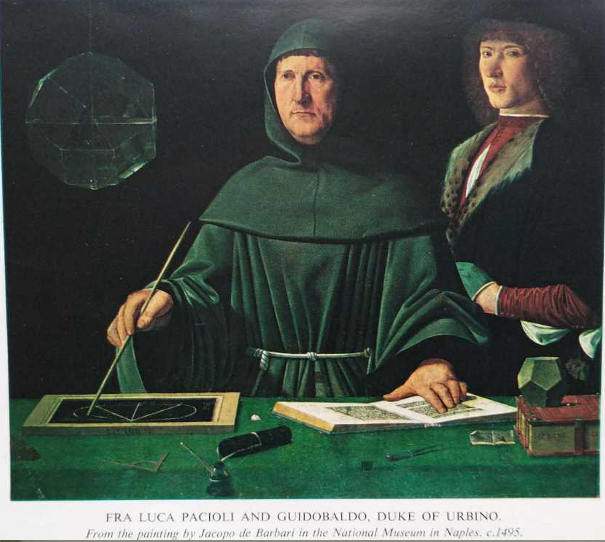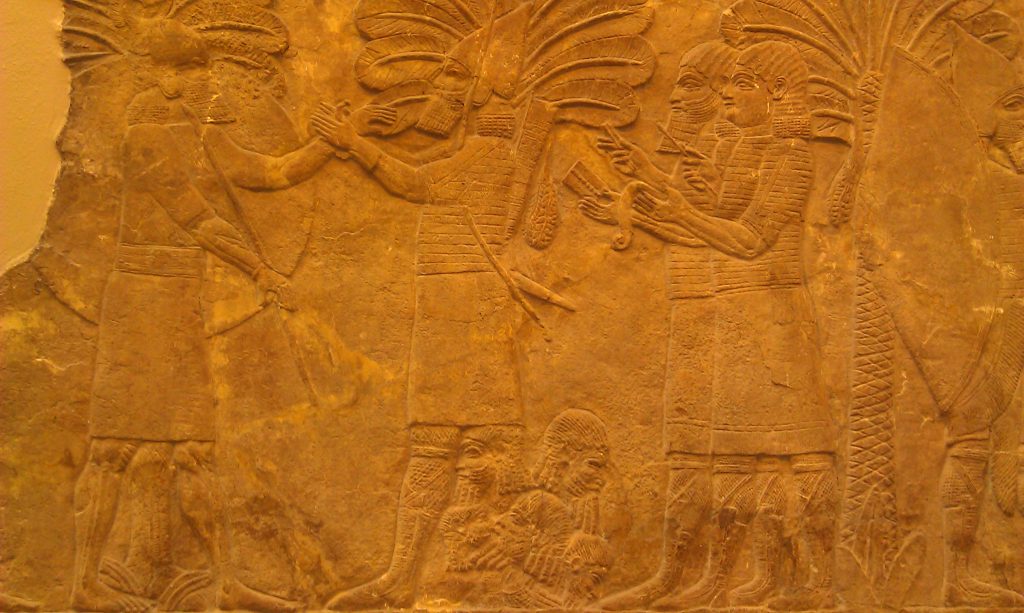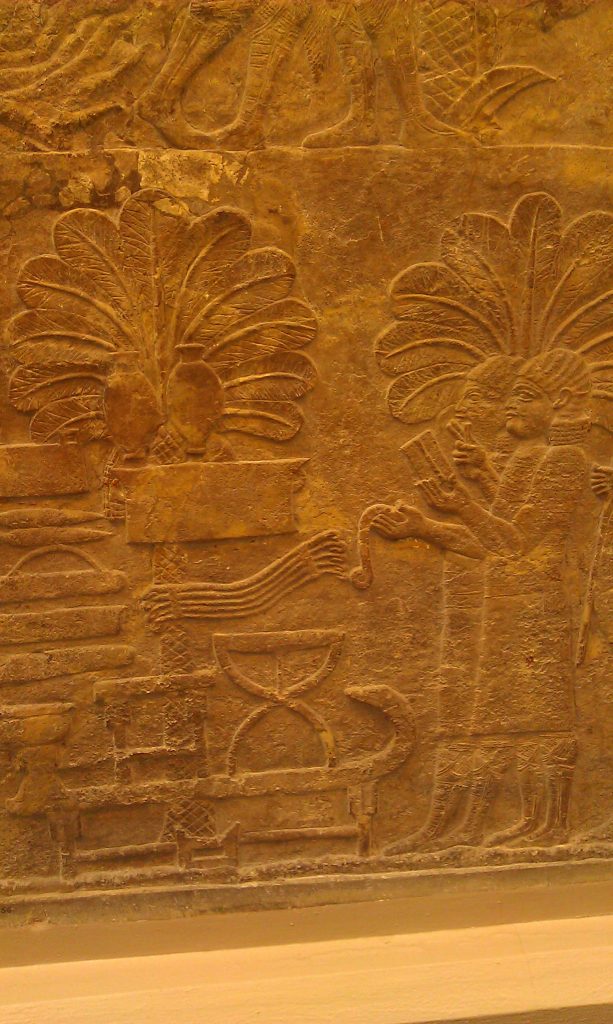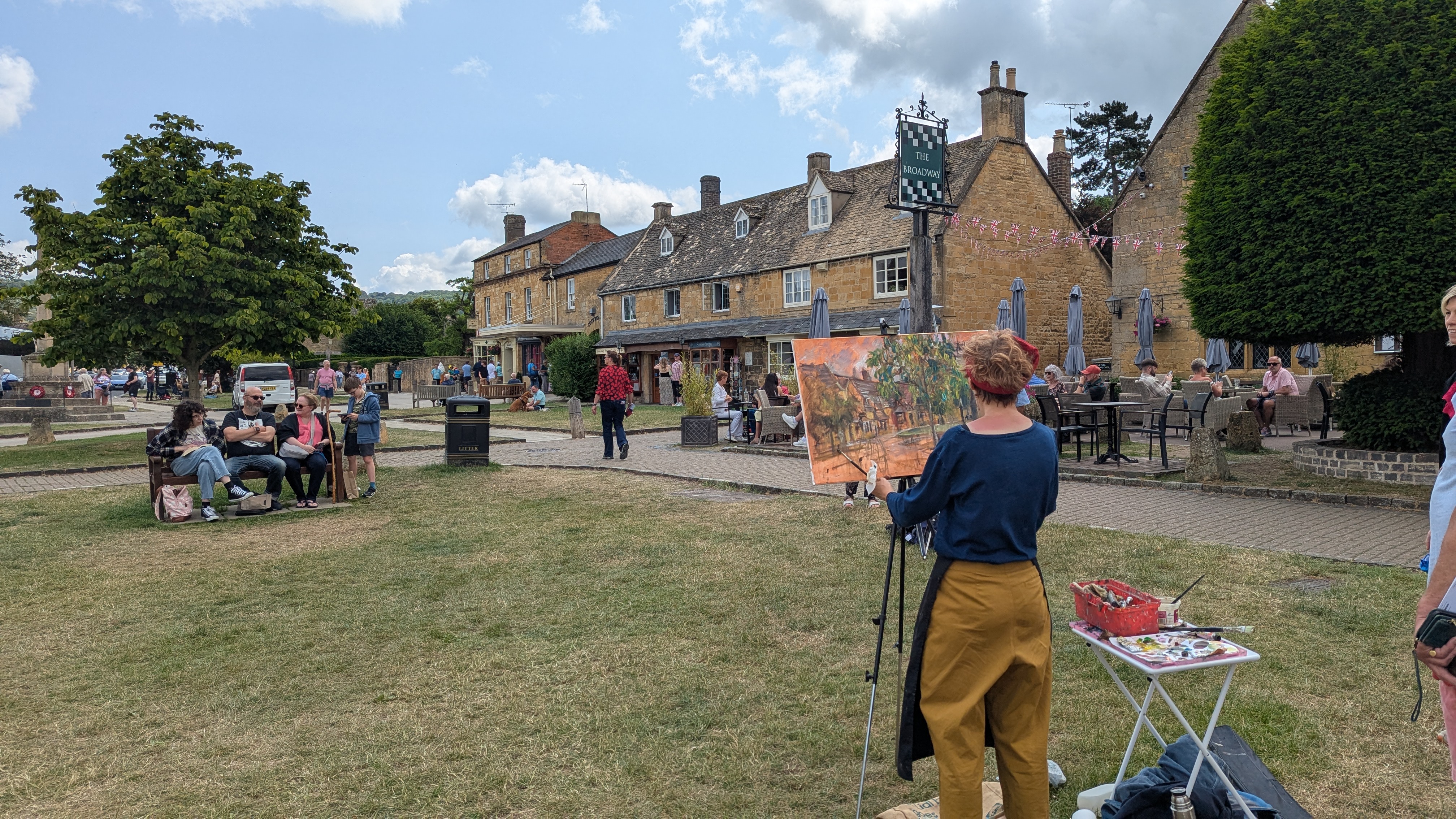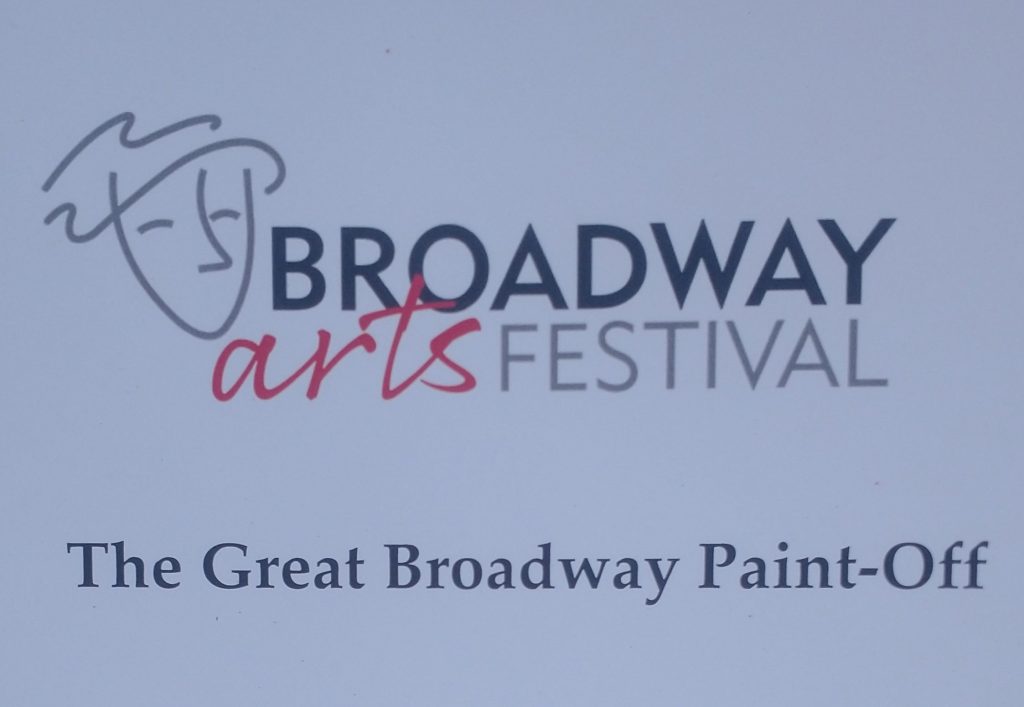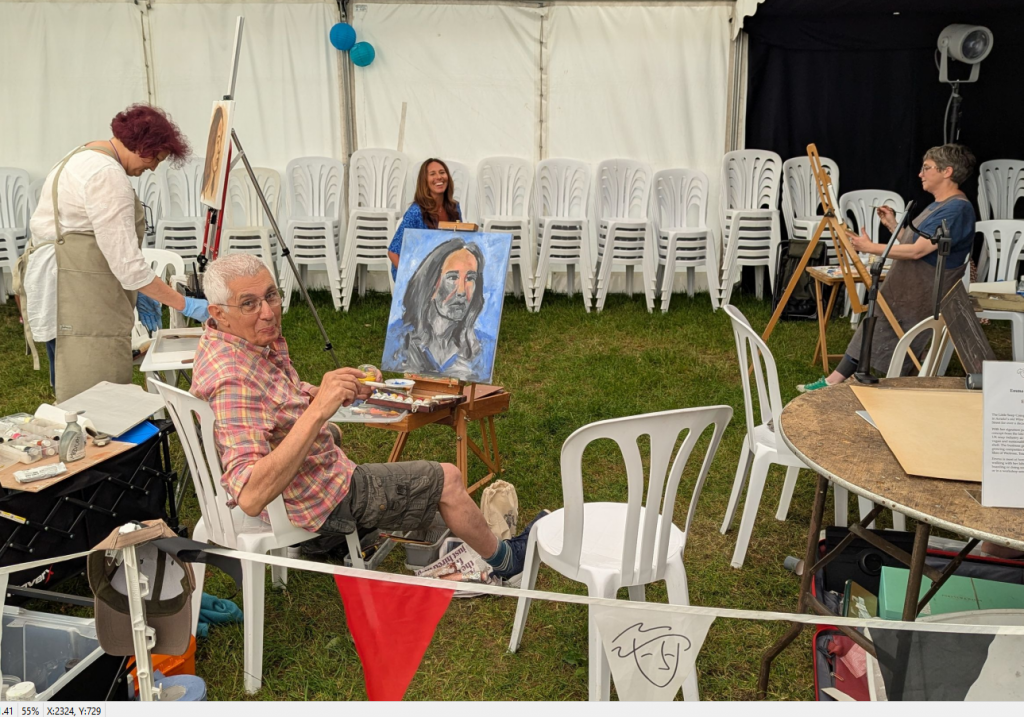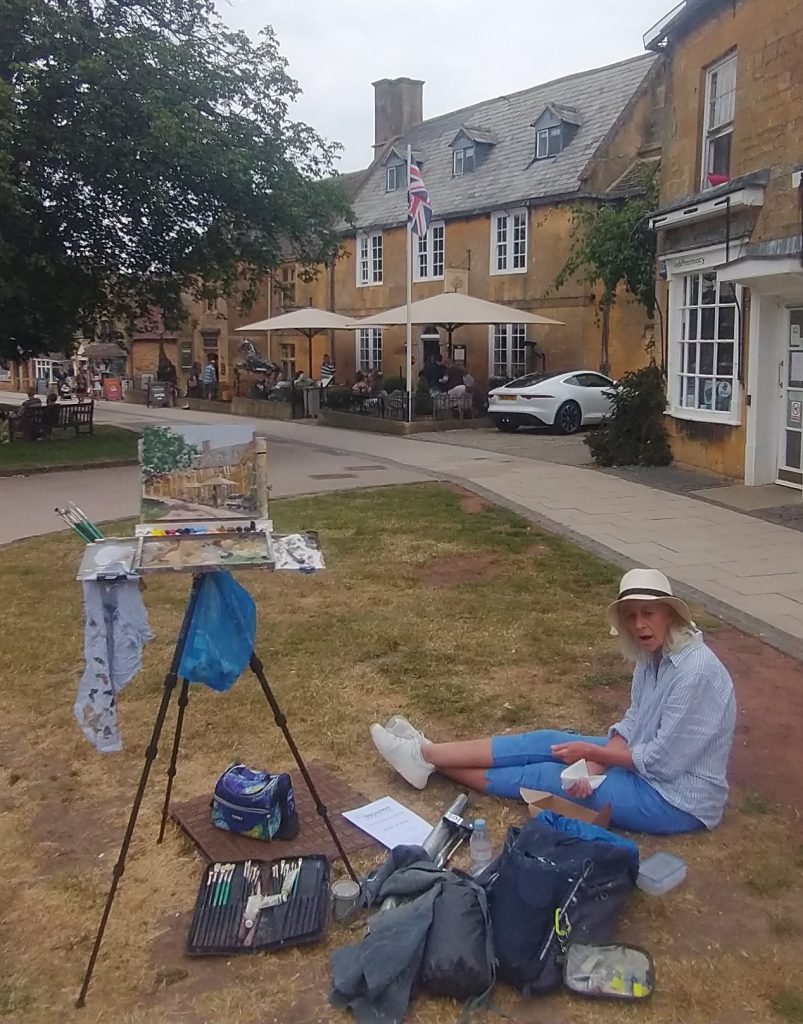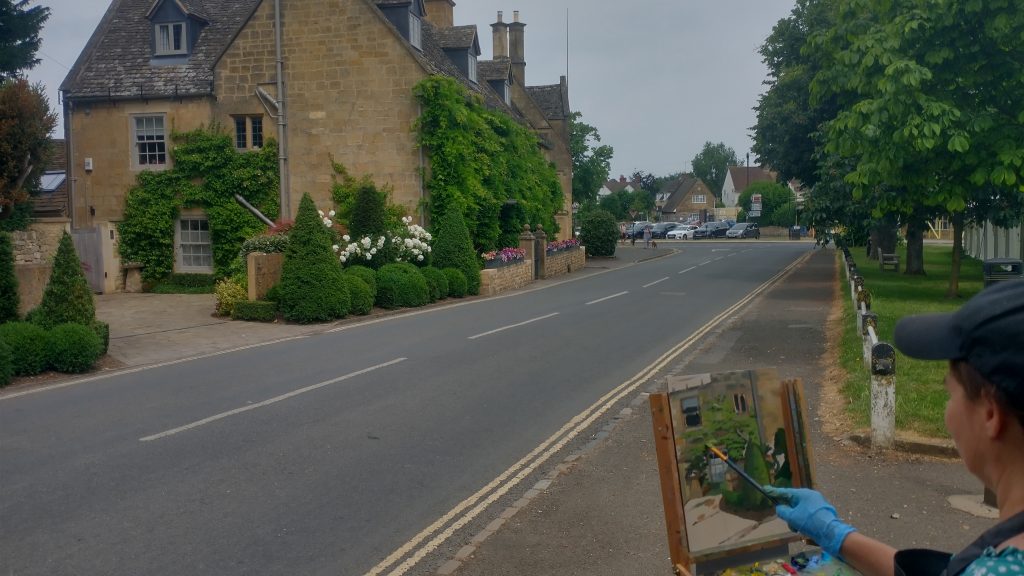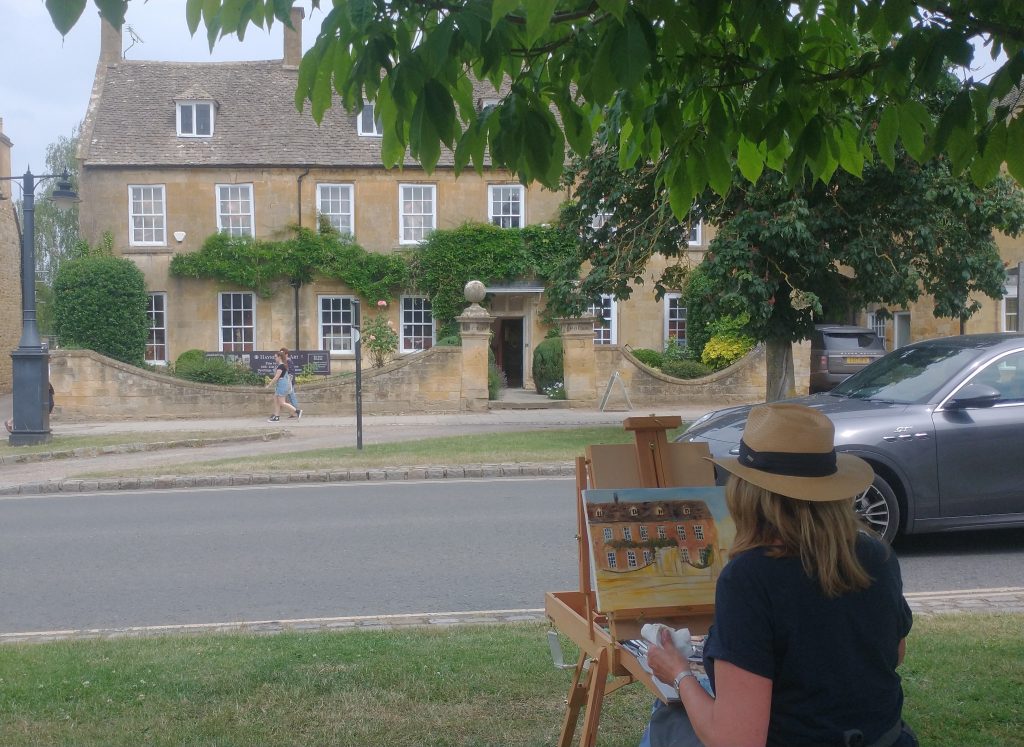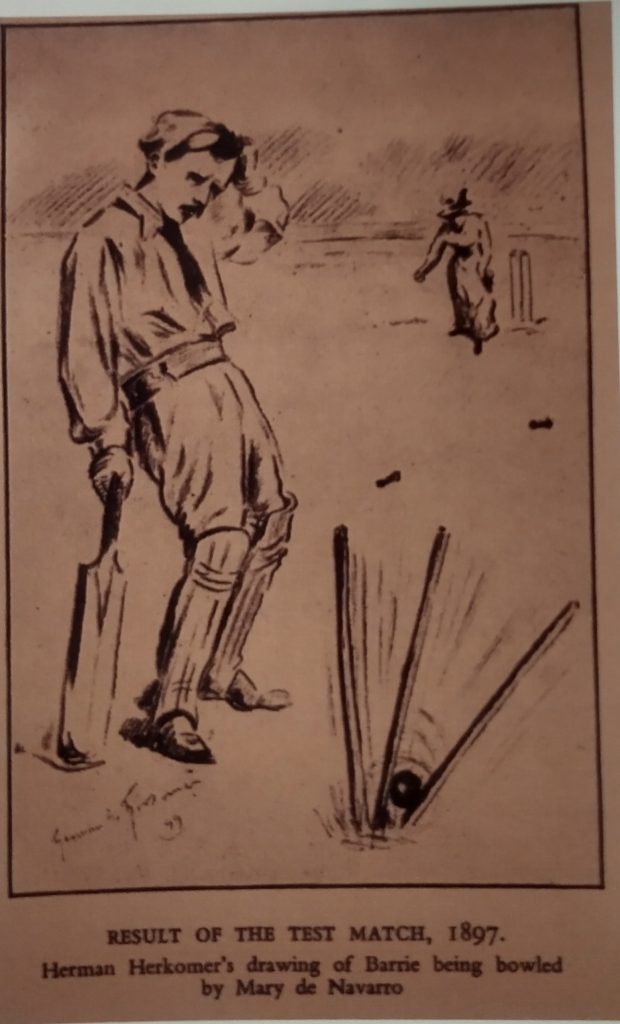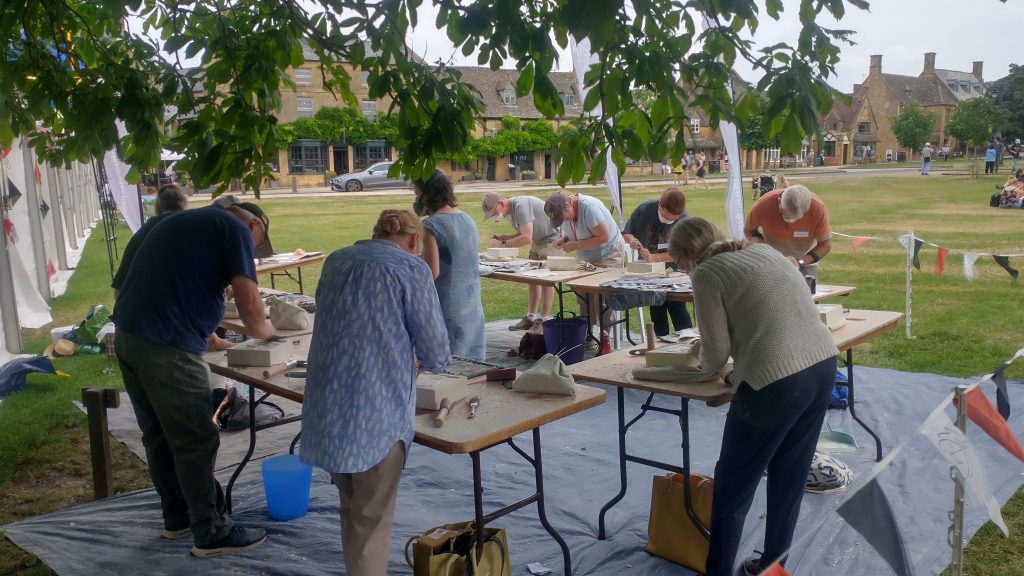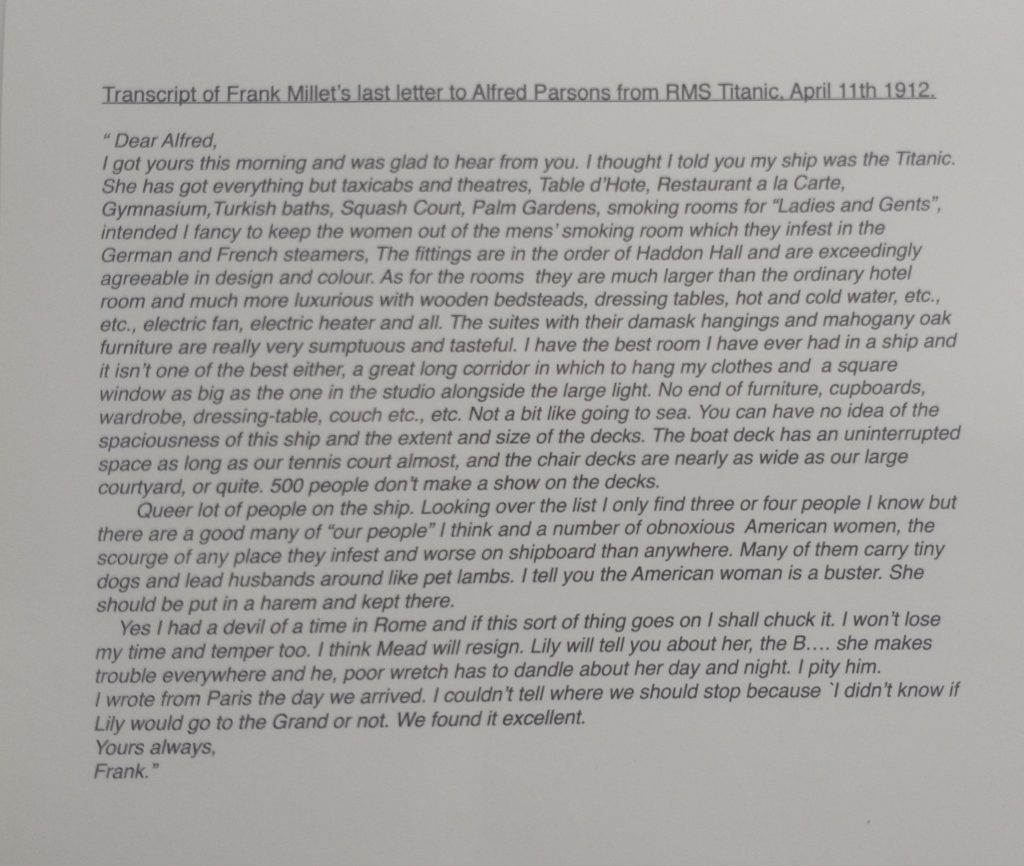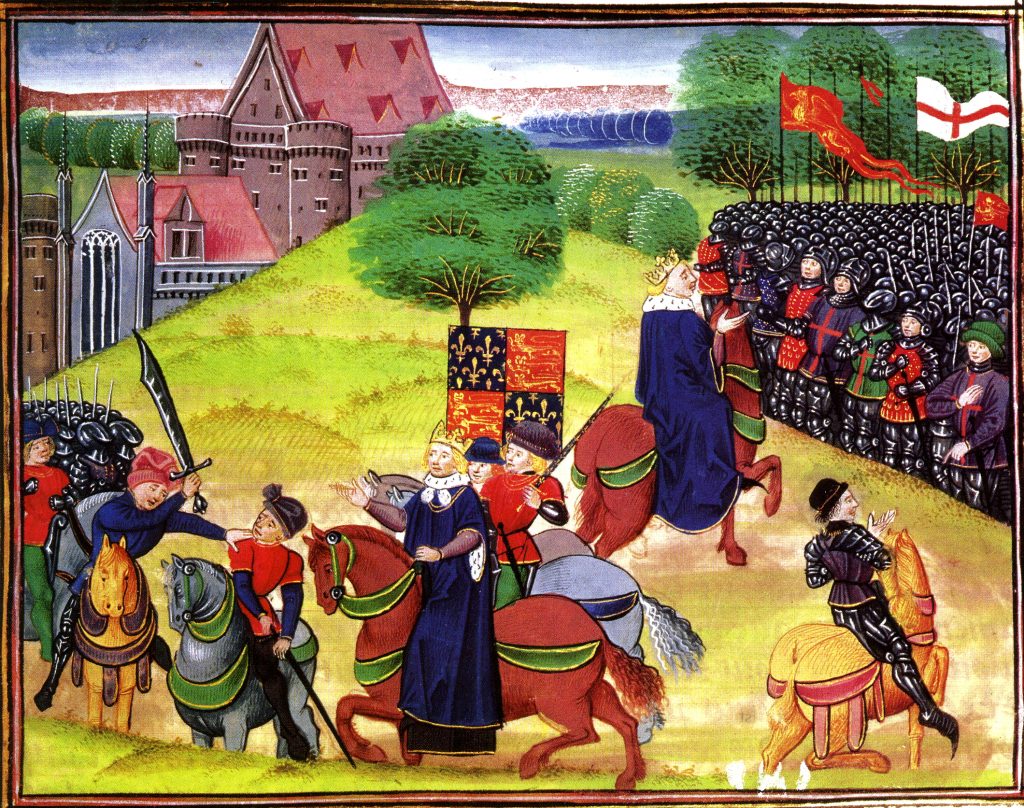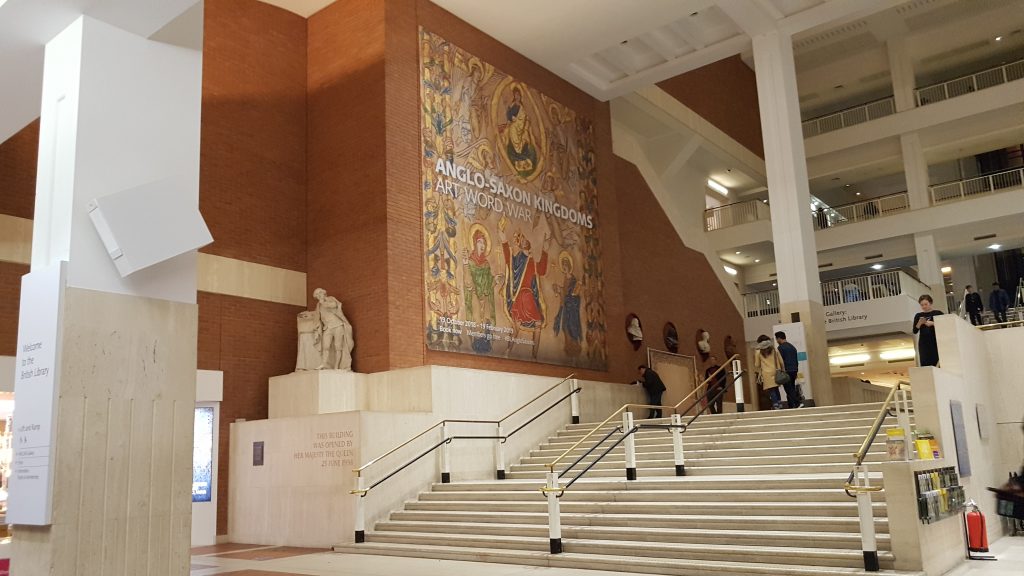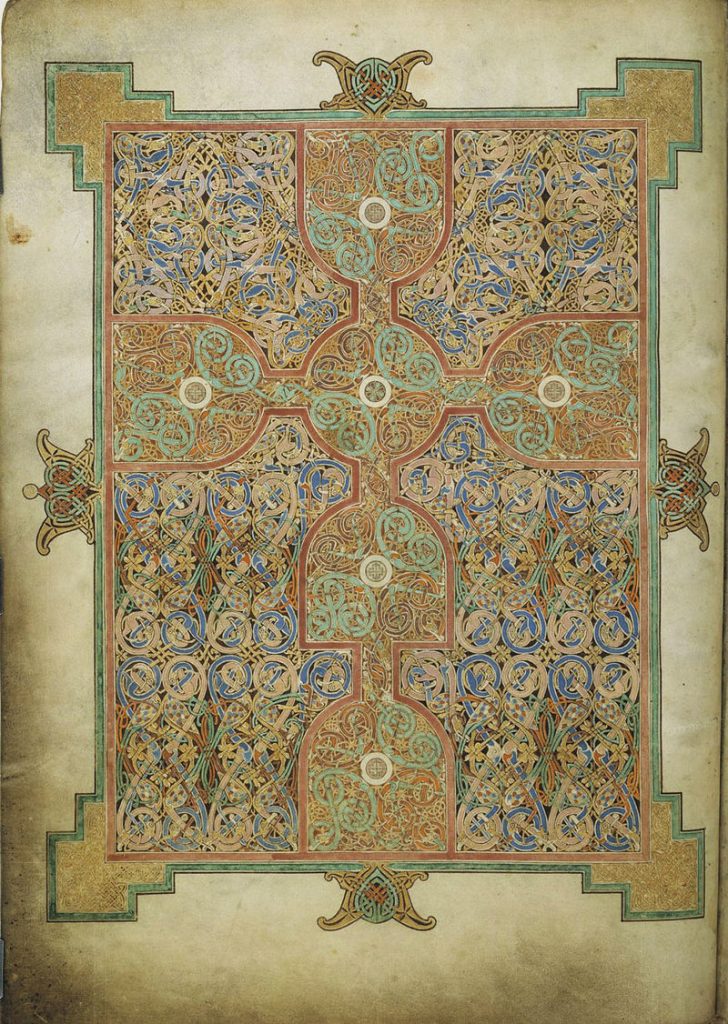
Today, is Brexit Day, the 9th Anniversary of that terrible day when the Brexit Referendum was lost. Brexit was a terrible term but sadly stronger than the very weak, ‘remain’. Ok you might say to your partner ‘Let’s give it another go.’ ‘Are you committed to the relationship?’ they ask. You say. ‘Yes, I am prepared to remain’. ‘All you can say is you want to remain!? Huh! Where’s the passion?’. But then the devil always had the best tunes.
Here is a survey of opinions about Brexit. To sum it up, we regret it, although we think now is not the time to reopen the wounds. But it is the time to rebuild relationships with Europe. In 10 years or so people believe we should rejoin.
We agree it was a disaster, and we blame the Conservatives and Boris Johnson most strongly, but also Teresa May. Rishi Sunak and Nigel Farage.
I posted on the other anniversary Brexit Anniversary in January here. Please be aware it features swear words, Boris Johnson and Farage.
Sins of a Tour Guide
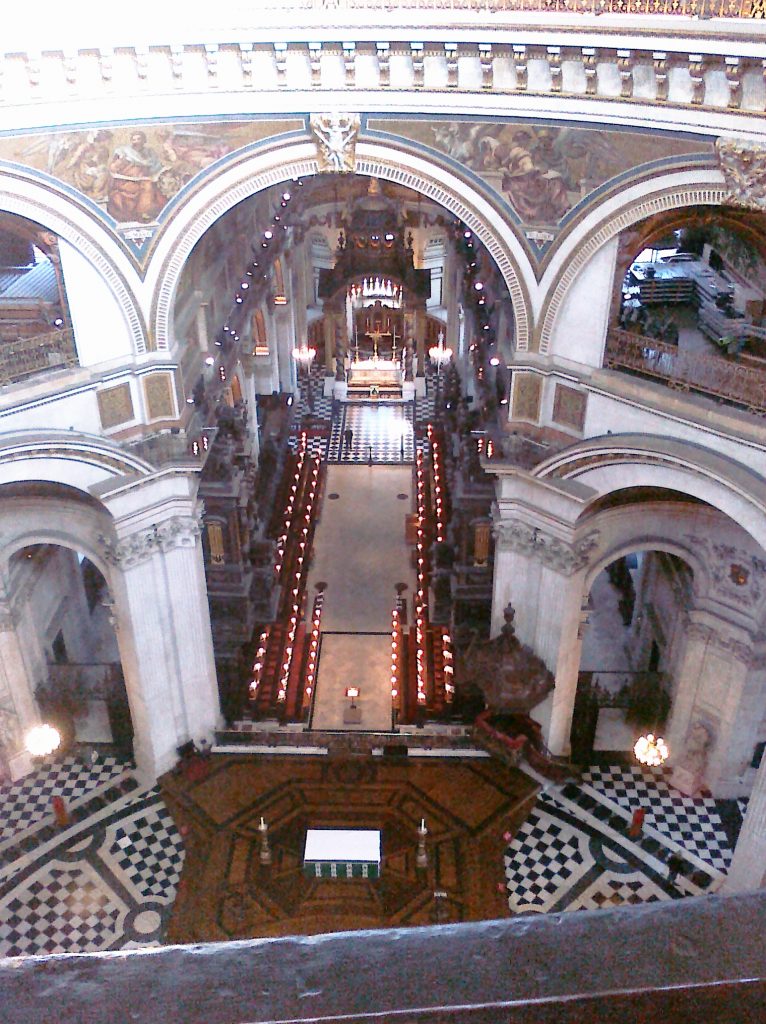
I was in St Pauls yesterday (I wrote this on 23rd June 2022) on an exploration of London’s History. My group had headsets so they can hear me talking into my mic without disturbing others. We went in, sat down in the nave to find an orchestra set up in the crossing. They were rehearsing with a grey haired man, informally dressed, at the podium. I hate talking through music, so wondered whether I would continue.
I began my introduction to St Pauls with a piece about Londinium and Christianity. A tremendous universe – shattering cord erupted from the Orchestra , deafening me. Then a pause, so I continued. I ascertained that my group could hear me, and I continued. I paused during crescendos and to some extent improvised what I was saying to the amazing drama of the atonal music. It was quite an experience and the music was amazing.
This morning I had a chance to check it out and it turns out that I spoke through rehearsals of Olivier Messiaen’s Et Exspecto Resurrectionem Mortuorum. (https://www.youtube.com/watch?v=AU7gVYM5bVE)
And the grey-haired man was none other than Sir Simon Rattle conducting the LSO.
I think I have the right piece of music.
I’m slightly shamefaced about it but on the other hand the group really enjoyed both the music and the explanation.
First written in 2022 and revised in 2025
